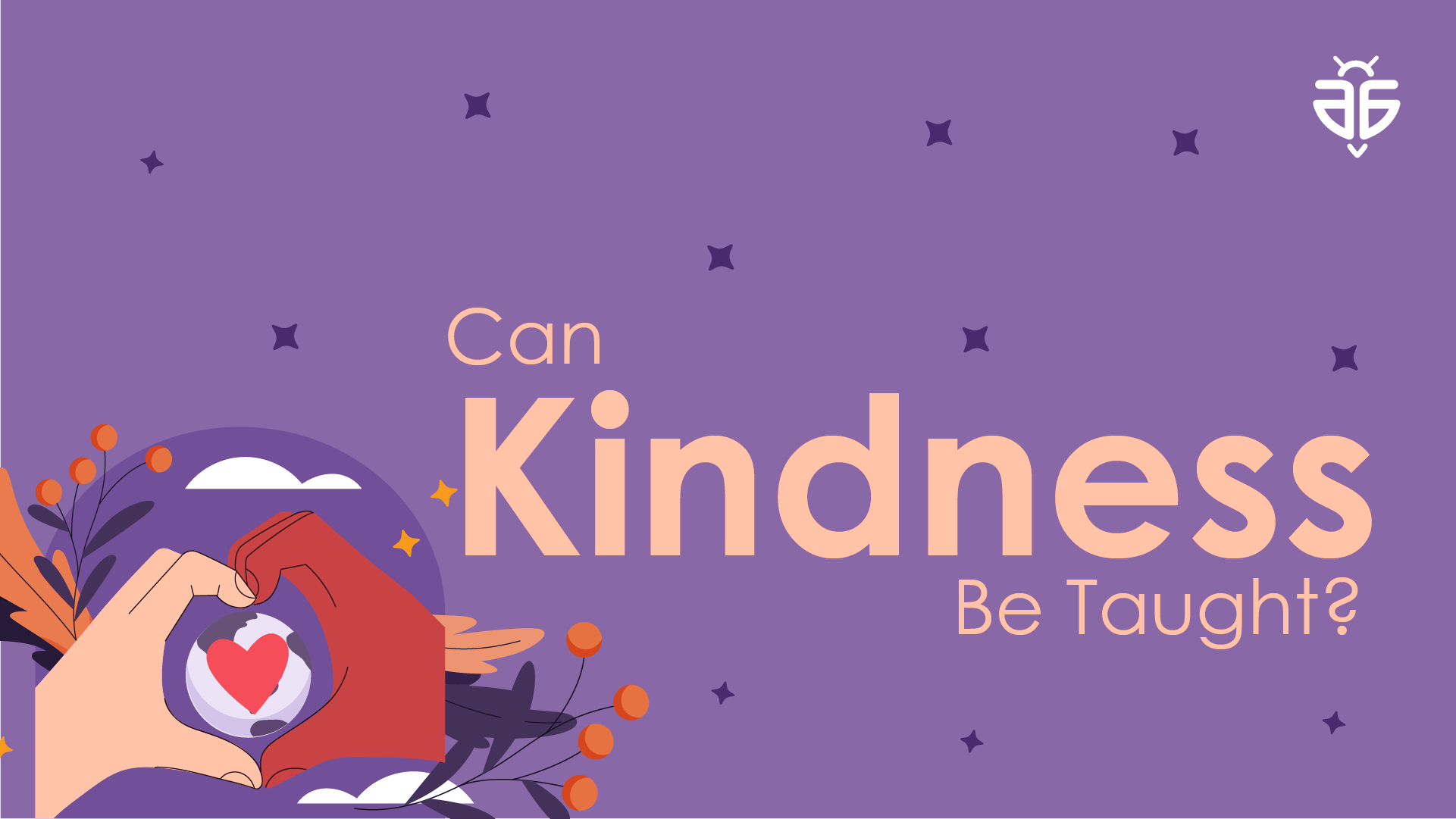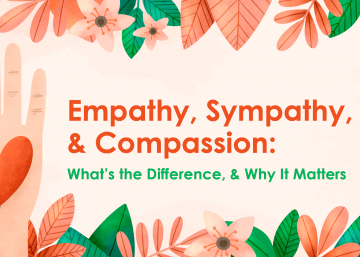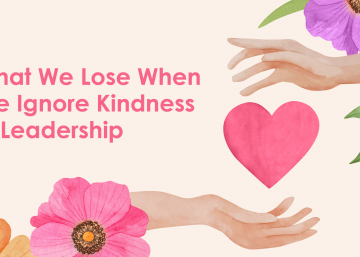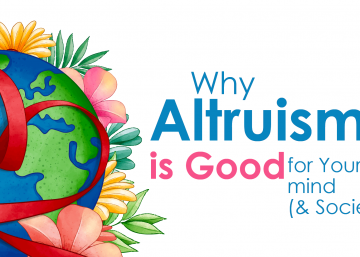Can Kindness Be Taught?
Some children are naturally gentle. Others throw tantrums but melt at the sight of a friend crying. Adults, too, span a wide range, some seem to have an endless supply of empathy, while others struggle with basic courtesy.
It’s easy to believe that kindness is just something you’re born with, a personality trait, a quirk, or even a rare gift. But research, lived experience, and education all point to a more hopeful truth- kindness can be taught, not through lectures or guilt, but through modelling, reflection, and practice.
And that changes everything.
Is Kindness Innate or Learned?
Studies in developmental psychology show that babies as young as six months display preferences for helpful characters over unkind ones. Toddlers often try to comfort people in distress, and young children have a natural sense of fairness.
So yes, the seeds of kindness are there early. But what turns those seeds into sturdy, generous trees?
Environment. Relationships. Experience.
Children learn how to be kind by watching others. They imitate what’s rewarded and internalise what’s normal. A warm home, encouraging mentors, and inclusive classrooms help cultivate kindness, just as much as neglect, competition, or chronic stress can suppress it.
The brain is flexible. Kindness isn’t a fixed trait. It’s a skill, one that develops over time, with the right kind of practice.
Kindness in the Classroom
In recent years, schools around the world have been experimenting with formal kindness education, and the results are encouraging.
Some schools introduce Social Emotional Learning (SEL) or Kindness Quotient (KQ) programs that teach empathy, generosity, and kindness. Others incorporate structured activities like kindness journals, peer appreciation circles, or storytelling with moral reflection.
One such example is aidbees’ Youngbees program, which brings this vision to life by helping schools nurture kindness through thoughtfully designed sessions and experiential learning.
It is important to note, however, that the most powerful lessons don’t come from textbooks. They come from how teachers and trainers treat students, how students treat each other, and how conflicts are handled. When kindness is woven into the culture of a classroom, not just taught as a value, children begin to live it, not because they’re told to, but because they’ve experienced how it feels.
They’ve seen it work.
Can Adults Learn to Be Kinder?
Absolutely!
While early experiences shape us, they don’t define us forever. Adults can (and do) grow in compassion, especially when exposed to environments that encourage reflection and vulnerability. Kindness is an emotion, and like many emotions, it can be learned, practised, and strengthened over time.
Therapy and counselling often uncover the emotional blocks that prevent kindness, like unprocessed anger, fear of rejection, or past betrayals. Group workshops, volunteering experiences, and even mindfulness practices can soften rigid responses and build perspective.
In fact, some of the most remarkable transformations have occurred in places like prisons, addiction recovery centres, or war rehabilitation programs, where structured efforts help people reconnect with their capacity to care.
Kindness isn’t a personality type. It’s a way of relating, and relating is something we can always learn.
How Do We Teach Kindness?
You don’t need a classroom to teach kindness. You don’t need a degree, a title, or a formal setting.
Here are some everyday ways kindness can be nurtured:
- Model it: Children and adults alike learn from example. The way you speak to service staff, handle disagreements, or offer help is a living lesson.
- Recognise it: Acknowledging small, everyday acts like holding the door, sharing food, checking in, builds awareness.
- Create opportunities: Community service, neighbourhood clean-ups, or donation drives help translate good intentions into action.
- Encourage empathy: Ask reflective questions: “How do you think they felt?” “What might they need right now?”
- Practise patience: Not everyone will respond with grace immediately. Kindness isn’t about quick results; it’s about consistency.
Most importantly, be kind to yourself while learning kindness.
Why It Matters
Teaching kindness doesn’t just make people “nice.” It creates ripple effects.
Studies show that environments that prioritise kindness, whether schools, offices, or communities, experience less conflict, more cooperation, and better overall well-being. Children in kindness programs show improved academic outcomes and fewer behavioural issues. Workplaces with empathetic leadership report higher productivity and lower burnout.
But even beyond the numbers, kindness gives people a sense of belonging. It makes the world feel a little safer, a little softer. In times of global crisis, social division, and digital overload, that matters more than ever.







